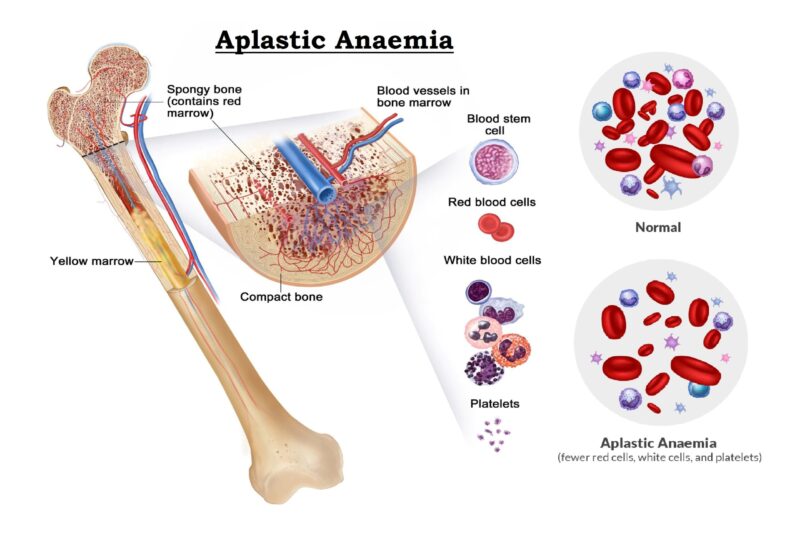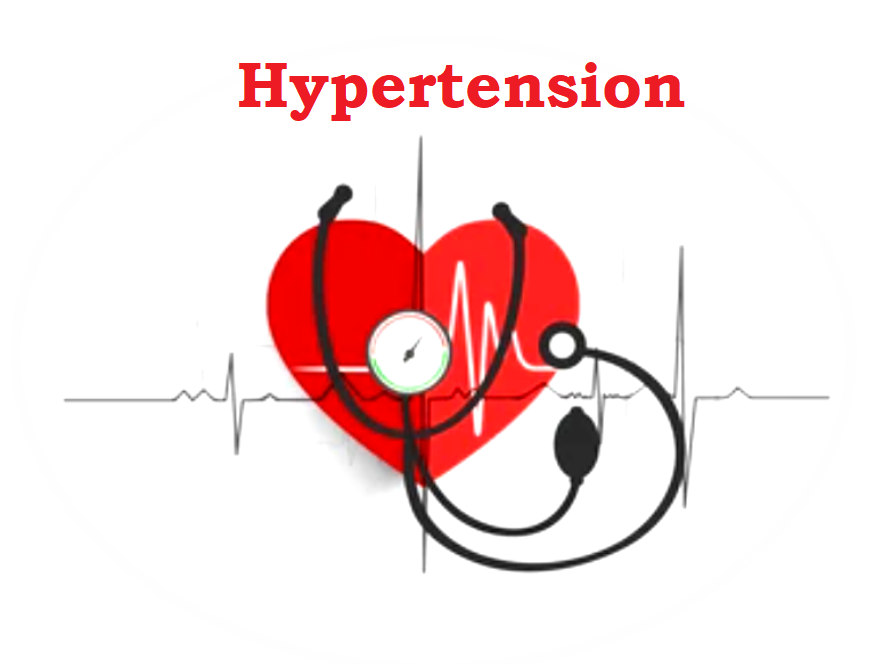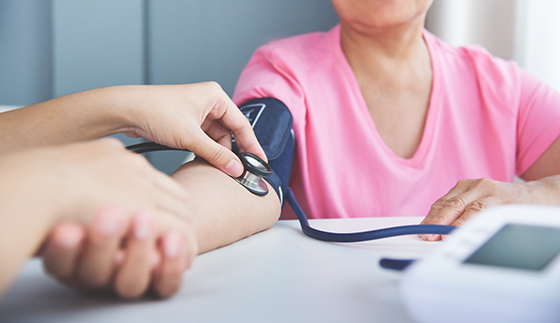Measurement of Blood Pressure (BP)
The Blood Pressure (BP) is the pressure of the blood within the arteries. It is produced primarily by the contraction of the heart muscle. It's measurement recorded by two numbers. The first (systolic pressure) is measured after the heart contracts and is highest. The second (diastolic pressure) is measured before the heart contracts and lowest. A blood pressure cuff is used to measure the pressure. Elevation of blood pressure is called "hypertension"
Systolic Blood Pressure is controlled by the stroke volume of the heart and the stiffness of the arterial vessels. Diastolic Blood Pressure is controlled by the peripheral resistance. BP varies from moment to moment with respiration, emotion, exercise, meals, alcohol, tobacco, bladder distension, temperature and pain. It is also influenced by circadian rhythm, age and race. BP may be modified by obesity or arrhythmia.
Shortly after Scopine Riva-Rocci had invented the sphygmomanometer, the Russian surgeon Korotkoff suggested that by placing a stethoscope over the brachial artery at the antecubital fossa distal to the Riva-Rocci cuff, sounds could be heard. The origin of these sounds is still not clear. Vibrator y and flow Phenomenons are probably responsible. The phases are:
- Phase I : The first appearance of faint clear tapping sounds (Thuds) which gradually increase in intensity.
- Phase II : The softening of the sounds which may become swishing or blowing.
- Phase III : The return of sharper softer sounds, which become crisper, but never fully regain the intensity of phase I sounds. Neither phase II nor phase III has any known clinical significance.
- Phase IV : Distinct abrupt muffling of sounds, which become soft and blowing.
- Phase V : The point at which all sounds disappear completely.
Phase I is taken as systolic pressure and phase V as diastolic pressure.
Normal level of Blood Pressure :
- Systolic Blood Pressure : 120 ± 20 mm of Hg
- Diastolic Blood Pressure : 80 ± 20 mm of Hg
Significance of Blood Pressure :
Following conditions are diagnosis by measuring Blood Pressure...
- Hypertension
- Hypotension
- Pulsus paradoxus
- Pulsus alternans
- Coarctation ofaorta ( Hypertension in upper limb, hypotension in lower limb)
- Aortic incompetence (Hill's sign)
- Autonomic dysfunction – postural hypotension.
Apparatus used for measurement of Blood Pressure
- Mercury sphygmomanometer : The pressure changes are reflected by a rise of mercury. It is an accurate method of taking blood pressure. However, the instrument is bulky and heavy.
- Aneroid meter : The pressure changes are reflected by a change in the needle which is connected to the spring. Though the instrument is small and non-bulky, it has to be frequently reset to ensure accuracy.
- Electronic BP meter : The pressure changes are measured electronically.
Technique used for measurement of Blood Pressure :
- Clothing should be removed from the arm. If it cannot be removed, it is better to leave it as it is, rather than fold the clothing into tight constricting bands.
- The cuff should be encircled around the arm. If the bladder does not encircle the arm completely, the centre of the bladder should be over the brachial artery. The rubber tubes from the bladder are usually placed inferiorly at the site of the brachial artery, but it is better to place it superiorly or posteriorly so that the antecubital fossa can be easily auscultated. The normal cuff is 25 cm in length and 12 cm in width.
- The bell gives better sound reproduction but a diaphragm is easier to secure with the finger of one's hand and covers a large area.
- The bladder is inflated quickly to a pressure 20mm of Hg above the systolic pressure, recognized by disappearance of the radial pulse. The bladder is then deflated 2 mm Hg per second. The Korotkoff phase I (appearance) and phase V (disappearance) are recorded to nearest 2 mm. In children, phase IV may be preferable.
If Korotkoff sounds are weak, the patient is asked to raise the arm and open and close the fist 5-10 times before inflating the bladder. The pressure, patient position, the arm and the cuff size should be recorded. - To measure BP in the legs a thigh cuff containing a large bladder (18 x 24 cm) for adults should be wrapped around the thigh of the prone patient and the Korotkoff sounds auscultated in the popliteal fossa in the usual way. Diastolic BP in the legs is equal to that in the arms provided the bladder is adequate in size. Systolic BP in lower limbs is 20 mm Hg more than upper limbs.
- For children, pediatric size cuff should be used.
Guidelines for measurement of Blood Pressure :
- Explain the procedure to the patient to allay anxiety.
- Avoid exertion, meals or smoking for 30 minutes before BP is measured. No exogenous adrenergic stimulants (e.g. phenylephrine in nasal decongestants) should be used. The patient must be allowed to rest for 5 minutes before BP is measured.
- The room should be warm and quiet.
- High BP may be erroneously recorded in an obese person because the inflatable rubber bladder may be too short for the obese arm. Recommended dimensions are 12 x 35 cm). When the bladder does not completely encircle the arm, the centre of the bladder must be placed directly over the brachial artery.
- The arm must be supported to the heart level. In the supine position the arm is usually at the heart level. In sitting and standing positions the arm must be horizontal with fourth intercostal space at the sternum. In normal people there is no significant difference in Blood Pressure between supine, sitting and standing positions provided the arm is supported at the heart level. Some antihypertensive agents cause postural hypotension and when this is expected, BP must be measured in both lying and standing positions.
- If the arm is unsupported, the patient will perform isometric exercise, which may elevate the diastolic BP by l 0%. This is especially so in hypertensive patients on beta-adrenergic blocking agents. To avoid this the arm must be supported.
- The Blood Pressure may be higher in right arm by 2-10 mm Hg. Most pressures in practice are measured on the right arm. However if the Blood Pressure is higher by 10 mm Hg in one arm further measurements should be made in the arm with the higher Blood Pressure.
- The cuff should be snugly fitted to the arm. A cuff which is too tight may give a false lower blood pressure and a loose cuff may give a false higher BP.
- Repeated inflation of the cuff may cause venous congestion of the limb and elevate both systolic and diastolic BP. To avoid this the cuff should be inflated as rapidly as possible and deflated completely between successive readings. At least 15 seconds should be allowed between successive measurements.
- Auscultatory Gap: Is the interval of blood pressure when the Korotkoff sounds disappear and then re-appear at a lower pressure during Auscultatory method of measured Blood pressure. This leads to errors of underestimation of systolic BP or overestimation of diastolic Blood Pressure. This can be avoided by doing the Palpatory method first, followed by Auscultatory method.
Special Note : Unequal Blood Pressure in two arms
- In normal individuals, BP may vary upto 10 mm Hg in the two arms.
- Supravalvular aortic stenosis (right sided higher BP).
- Preductal coarctation of aorta {right sided higher BP).
- Unilateral occlusive disease of the arteries - Atherosclerosis, embolism, aortoarteritis, thoracic outlet syndrome, etc. (Blood Pressure will be low on the affected side)







